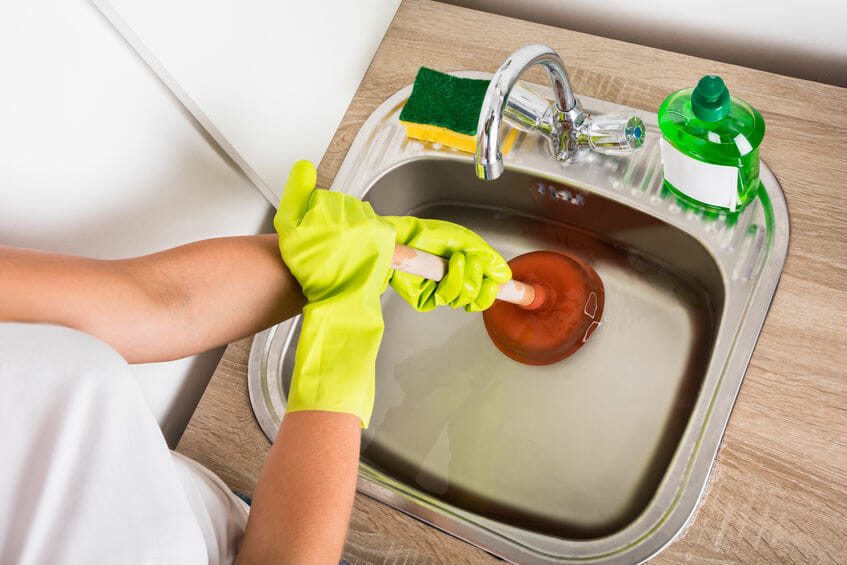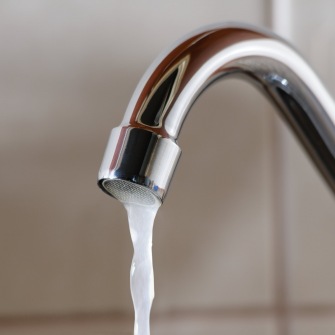Practical Plumbing Winterization Techniques to Secure Pipe Bursts in Chilly Conditions
Practical Plumbing Winterization Techniques to Secure Pipe Bursts in Chilly Conditions
Blog Article
They are making several great pointers on the subject of How to Prevent Frozen Pipes in general in this content followed below.

All house owners who reside in temperate environments should do their best to winterize their pipes. It is something you should do throughout fall prior to deep winter really starts. Failing to do so can mean calamity like icy, split, or burst pipes. If the climate outside is frightful, here are some useful winterizing hacks to keep your plumbing system protected also.
Turn On the Faucets
When the temperature level declines and it seems as if the freezing temperature will last, it will certainly assist to activate your water both inside your home as well as outdoors. This will certainly maintain the water flowing through your plumbing systems. On top of that, the motion will certainly reduce the cold procedure. Especially, there's no demand to transform it on full force. You'll end up squandering gallons of water by doing this. Instead, aim for about 5 decreases per min.
Open Cupboard Doors Hiding Plumbing
It would be useful to open up cupboard doors that are masking your pipes when it's cool outside. They might be somewhere in your kitchen or washroom. This will permit the warm air from your heating unit to distribute there. As a result, you prevent these exposed pipelines from freezing. Doing this little trick can keep your pipelines cozy as well as limit the potentially hazardous end results of freezing temperature levels.
Take Time to Cover Exposed Water Lines
One simple and awesome hack to warm up cold pipelines is to wrap them with cozy towels. You can likewise use pre-soaked towels in hot water, simply don't neglect to use safety gloves to safeguard your hands from the warm.
Attempt a Hair Dryer or Warmth Weapon
When your pipelines are practically freezing, your dependable hair dryer or warm weapon is a godsend. If the hot towels do not aid displace any clearing up ice in your pipes, bowling warm air directly right into them may assist. You may finish up damaging your pipes while trying to thaw the ice.
Shut down Water When Pipes are Frozen
Shut off the main water shutoff quickly if you notice that your pipelines are entirely icy or nearly nearing that phase. You will usually locate this in your cellar or laundry room near the heating unit or the front wall closest to the street. Turn it off right away to stop further damage.
With even more water, more ice will pile up, which will ultimately lead to rupture pipes. If you are uncertain regarding the state of your pipelines this winter months, it is best to call an expert plumber for an inspection.
All property owners who live in pleasant climates have to do their best to winterize their pipes. Failing to do so can lead to disaster like frozen, split, or ruptured pipes. If the hot towels do not aid displace any type of settling ice in your pipelines, bowling hot air directly right into them might assist. Turn off the primary water valve instantly if you notice that your pipes are entirely frozen or practically nearing that stage. With more water, even more ice will load up, which will ultimately lead to burst pipes.
PREVENT YOUR PIPES FROM FREEZING THIS WINTER
A Leading Cause of Property Damage
When the weather is taking a deep nose dive into the cold dreary days, the risk of your pipes freezing and potentially bursting skyrockets. Unfortunately, during these cold dreary months, burst pipes are the most common denominator for property damage. The pipes that are most at the risk are those that are in areas where it is most cold in your home. For instance, pipes located in interior places such as basements, attics, and your garage. Unfortunately, that doesn’t mean that the pipes running through your cabinets or exterior walls can’t freeze. Good news, however, is that you can do things to help prevent pipes from freezing.
How to Prevent Pipes From Freezing
Once the temperature starts to drop during the winter, you should be taking the proper measures needed to ensure that your pipes stay warm and that there is circulation of water through them. Some steps that experts may recommend could go against your better judgement when it comes to saving water and heat. However, it would go without saying that when expenses are compared, damaged pipes could put a bigger dent in your wallet than a water bill.
What Can I Do?
Keep your garage door closed. This is very important, especially if you have water supply lines running through your garage. Open your kitchen and bathroom cabinets to allow warm air to circulate through them. Allow air circulation throughout your home. Keeping the interior doors open will once again allow the warm air to circulate inside your home. Ensure your thermostat is running the same temperature throughout the night and day. If you plan to be away from home during the cold months, set your temperature no lower than 55° F. This should provide enough heat to keep the pipes warm and prevent any remaining water inside the pipes from freezing. For more of a long-term solution, add insulation to attics, basement, and other crawl spaces around your home. By allowing your faucet to drip, it will alleviate pressure in the system. This is important because the pressure that is created between the blockage and the faucet can potentially cause the pipes to burst. Allowing the faucet to drip will prevent the pressure from building up, therefore keeping the pipes from bursting. Seal any cracks, openings, and crawl spaces around your home to prevent cold air from coming inside. This keeps your pipes-not to mention your home-warmer and less susceptible to issues caused by freezing temperatures. For the pipes in your home that are easily accessible, applying electrical tape to them might prevent them from freezing over. This is a quick fix, as you can apply the tape directly to the pipe. There are two options for heating tapes. One turns on and off by itself when it senses heat is needed. The other type of heating tape needs to be applied when heat is needed and removed when not necessary. If you have exposed pipes in your home, you can check this website to take a look at a few options that would be available at a shop near you.

Hopefully you liked our topic about How to stop pipes from freezing during the winter. Thanks a ton for taking time to browse our blog post. Sharing is good. You won't know, you may very well be doing someone a favor. We value reading our article about Prevent Freezing and Bursting Pipes.
Precision work offered. Report this page